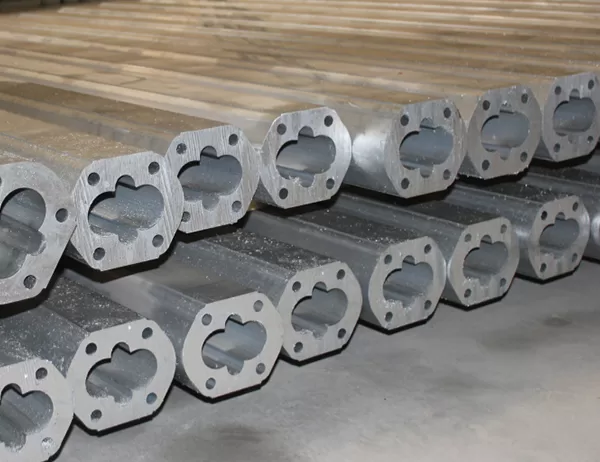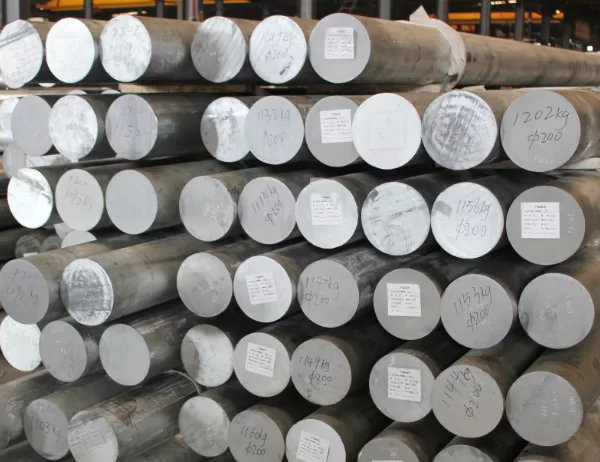Working with 8mm Aluminum Sheets: Tips for Success
8mm aluminum sheets are versatile and durable, making them ideal for various applications in engineering, construction, and fabrication. However, working with these thick sheets requires specific techniques and considerations. Here are some comprehensive tips for effective handling and manipulation of 8mm aluminum sheets:
Cutting and Shaping
Saw Cutting
– For clean and precise cuts, use a high-quality circular saw with a carbide-tipped blade specifically designed for aluminum.
– Set the saw blade depth to slightly more than the thickness of the sheet to avoid tearing or binding.
– Secure the sheet firmly using clamps or a vise, ensuring a stable cutting surface.
Shearing
– Shears are suitable for straight cuts, but require more force and may leave slight burrs.
– Use a dedicated aluminum shear with hardened blades to minimize deformation.
– Position the sheet perpendicular to the blade, and apply even pressure along the cutting line.
Bending and Forming
– Aluminum sheets can be bent using specialized equipment such as a press brake or a bending machine.
– To prevent cracking or buckling, determine the minimum bending radius based on the material’s thickness and alloy.
– Use a bending die with a radius slightly larger than the desired bend, and apply gradual pressure to avoid excessive force.
Joining and Connecting
Welding
– 8mm aluminum sheets can be welded using TIG (tungsten inert gas) welding, which provides high-quality and durable joints.
– Use a filler metal compatible with the aluminum alloy, and prepare the surfaces thoroughly by removing oxides and contaminants.
– For thick sections, consider preheating the weld area to improve weldability.
Riveting
– Riveting is a cost-effective and versatile method for connecting 8mm aluminum sheets.
– Use structural rivets specifically designed for aluminum, with a diameter appropriate for the sheet thickness.
– Create accurate rivet holes and countersink them to ensure flush surfaces and increase joint strength.
Bolting
– High-tensile bolts can be used to join aluminum sheets, especially for load-bearing applications.
– Choose bolts that meet the strength requirements for the specific alloy and application.
– Use hardened steel or stainless steel bolts with appropriate washers to prevent galling and corrosion.
Handling and Storage
Protective Coating
– Protect 8mm aluminum sheets from corrosion and oxidation by applying a protective coating or anodized finish.
– If left exposed, the sheets may develop a white or gray oxide layer that can impact their performance.
Storage
– Store aluminum sheets in a dry and clean environment to prevent moisture damage.
– Use racks or supports to keep the sheets elevated and avoid contact with other materials that may cause scratches or dents.




